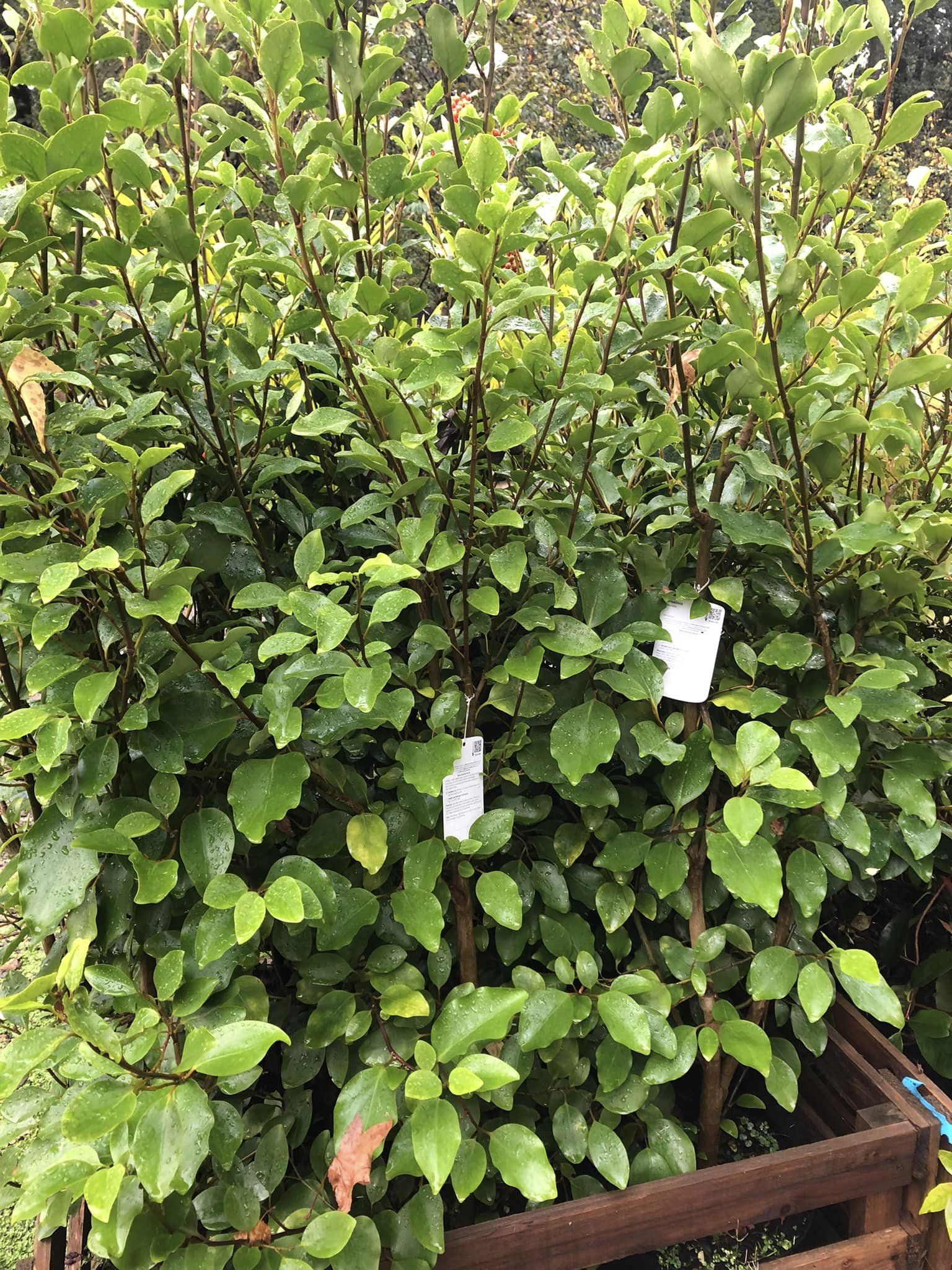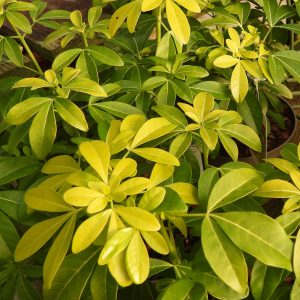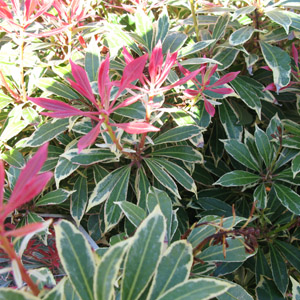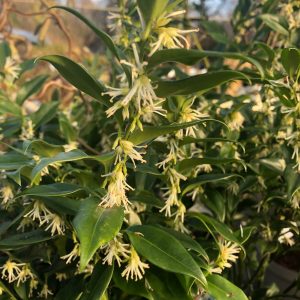Evergreen Shrubs, Hedging plants
Griselinia litoralis
£9.99
Broadleaf 
Griselinia litoralis is a dense upright, evergreen shrub with glossy, leathery light green leaves. It is a popular shrub due to it’s ability to withstand a wide range of environmental conditions, making it a popular choice for hedges, screens, and ornamental plantings. It is also a go to choice for planting in coastal areas.
Griselinia litoralis eventually grows to a height 8m, and can spread up to5m, but is usually trimmed into a medium sized hedge. It flowers April to May if left un trimmed and is best when planted in full sun.
SKU: GRISELINIA-LT
Categories: Evergreen Shrubs, Hedging plants
Tags: Coastal planting, Easy to grow, Evergreen, Hedging shrub, Interesting Leaves, Privacy, Screening plant, Sun loving
Related products
-
Rated 0 out of 5
Choisya ternata Sundance
£11.99 – £17.99 Select options This product has multiple variants. The options may be chosen on the product page -
Rated 0 out of 5
Buxus sempervirens plant bundle
£55.00 Select options This product has multiple variants. The options may be chosen on the product page -
Rated 0 out of 5
Sarcococca confusa
£9.99 – £14.99 Select options This product has multiple variants. The options may be chosen on the product page






